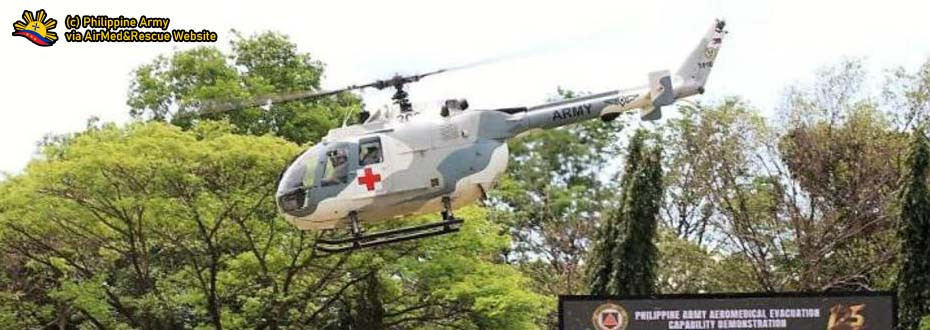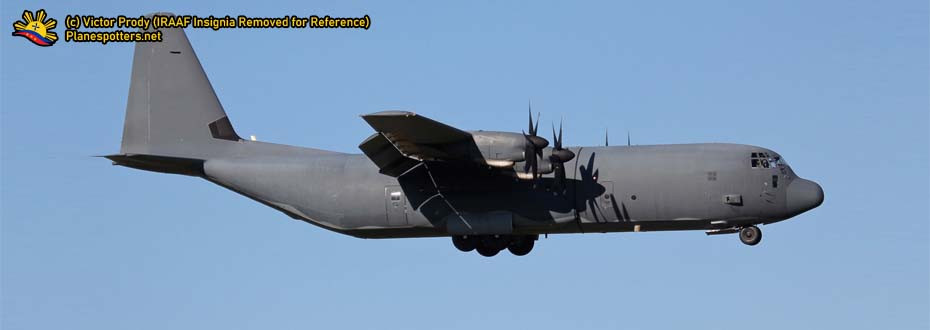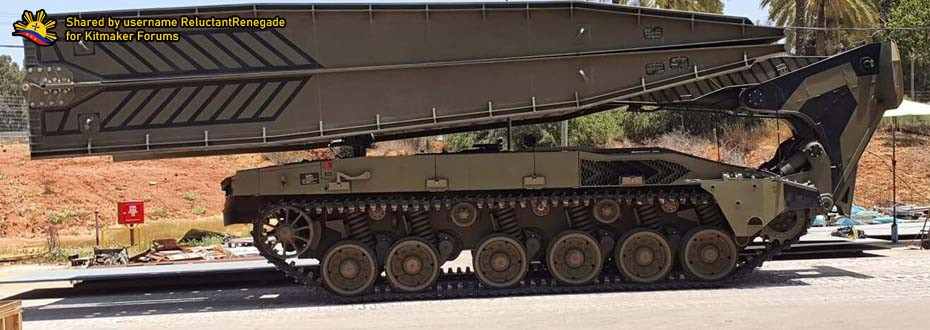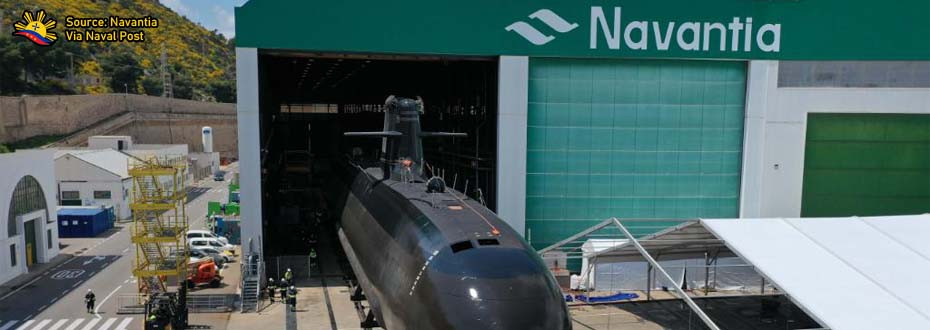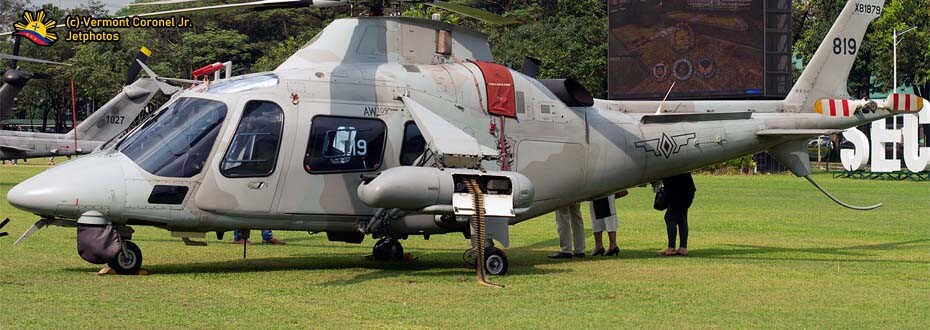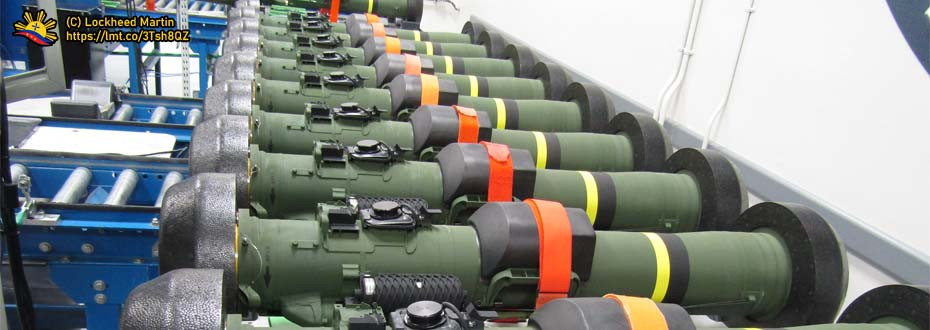IN THE HEADLINES
 |
| The Israeli Company Rafael's SPIKE Family. The Philippine Navy will obtain two variants: SPIKE ER and SPIKE NLOS. From the Defense Studies Site |
Provided in the said news report, the Navy received SPIKE-ER missiles from Rafael Advanced Defence Systems Ltd of Israel where it arms the navy's three MPAC Mk. 3 vessels to the teeth. This is considered a baby step for an armed force that is considered weak compared to its immediate neighbors in the Southeast Asian Region. The given step paves the eventual process for the Philippine Navy to improve and grow as an organization as well as to further improve its capabilities to do its primary mandate which is to protect maritime territory and the exclusive economic zones against threats that pose danger to the country and its national interest. This sets precedent for other projects of the service organization to also obtain such weapons suit where several of the projects involved are already on its way, providing additional capability and overall firepower than what the Philippine Navy obtains with its other ships, especially on the older ones. Adding also to this detail the plans of the Navy to arm other MPACs that are in the Philippine Navy's fleet in which all of these crafts will receive this upgrade and further enhance the capabilities of the respective vessels should things find out feasible and ideal enough to carry out the project.
Nevertheless, this development is enough to see that the Philippine Navy in its worth is improving and there may be more military equipment and weapons such as these missiles to come depending on the provisions and funding that allow such procurement to take place.
WHAT IS TO COME - MISSILE SYSTEMS THAT IS SOON TO BE IN THE PHILIPPINE NAVY SERVICE
With its aspiration to become a modern-based naval force, the Philippine Navy at present will be having its own share of various missile systems in which in the immediate span of three to five years from today. This definitely ranges from the MPAC Mk. 3s arming to the teeth to the new Philippine Frigates which will be more sophisticated than the existing assets once in service with the fleet.
Rafael Systems SPIKE-ER Missile System
 |
| This is one of the mock-up missile systems presented in a Philippine Navy Anniversary. Photo Source. |
A primary milestone of its own worth, these weapons systems provide the need for these MPACs particularly the navy personnel on board to conduct its mandate where it can destroy an enemy target when deemed necessary, eliminating any potential threat to the peaceful lives of the people. Given the size of MPACs, these vessels go fit to the Philippine Littoral Waters or in areas of concern such as the Sulu Sea which is infested with piracy and other illegal incursions. One might envision an idea about Swarm Tactics using these missile-armed vessels in highly contested areas like the West Philippine Sea, but such an idea definitely isn't a good one as the reasons why being explained in articles such as this one. Just to take note folks, the Philippine Navy recently tested these missiles onboard its new MPAC Mk. 3s which turned out to be successful in the midst of a rough sea state that the test was made. This move introduces the Philippine Navy to the missile age, a good sign as there will be more to come.
Now that the test proves the effectiveness of these missile systems, this perhaps may also perform as intended should there be actual combat or encounter at seas takes place in the future. Just to take note people, while these missiles may provide sufficient damage for small vessels such as an opposition force (OPFOR) fast craft, but it cannot sink a warship, given that it is not designed to do so.
Rafael SPIKE-NLOS Missile System
Aside from the SPIKE-ER missiles, Rafael will also supply another version of SPIKE which is the NLOS (Non-Line-of-Sight) which on the details provided, these systems may find its way to the Philippine Navy AW-159 Anti-submarine helicopters assigned for the New Frigates from South Korea which is presently being built. Like the SPIKE-ER missile system, it might as well be appropriate for the Navy to test its missiles to determine its capacity as part of the enhanced capabilities of the fleet.
The SPIKE-NLOS Missile System obtains a range far longer than the SPIKE-ER that the Navy presently obtains in their MPACs. While the tests made on the MPAC-based missile was made on a target six kilometers away from a firing vessel, the NLOS can reach on a target 25 kilometers away from the firing platform that the missile is originated. It makes the Antisubmarine Helicopter-based missile platform more capable with thrice the range than the MPAC-based ones, although both of these systems can accurately reach its target as intended and still gets its job done. Both of the SPIKE missiles are originally produced and developed for Israel's requirement to disable or obliterate enemy tanks out of the combat. Nevertheless, the fact that the newly-tested missiles aboard the MPACs and soon-to-have ones aboard the AW-159s may have these products made by Rafael find its way to these key Philippine Navy assets aforementioned, for anti-vessel operations where sufficient damage can be done but not enough to sink a warship in which it is a job appropriate for a dedicated anti-ship missile.
With both the SPIKES, especially the helicopter-based NLOS missile system soon to be for Philippine Navy use, these platforms will further enhance the capability of the fleet to address many threats at sea as well as to help further aid its mandate as intended that it creates the leverage or the upper hand where, the opposition forces will surely reconsider its plans and may think twice before making any offensives, or risk being obliterated, depleting their capability to fight further.
LIG Nex1 SSM-700K Haesong Anti-ship Missile
This Korean-based missile platform is indigenous-built ones that the South Koreans produce and uses for their naval ship's enhanced capabilities. And for that matter, these anti-ship platforms will find its way to the Philippine Navy in the form of a systemic integration to the new Philippine Navy Frigates that is being built by, of course, a South Korean-based shipbuilding company.
Developed in the late 90s and tested in the early 2000s, this missile help South Korea self-produced these munitions in which, as the Frigate Acquisition Project pushes through, will make the Philippines as the first foreign user of such anti-ship missile which was originally intended to address local military supplies of missile ammunition. From there, the SSM-700K C-Star Haesong market coverage will get larger given that with missile used in combat/exercise or needed to be replaced if it gets aged, the country may procure missiles again from South Korea on the premise of its reliability upon an assessment made such as a missile fire test. In the long run, having these missiles being the primary weapon for a frigate such as the BRP Jose Rizal (FF-150) helps a South Korean Defense weapons developer LIG Nex1 to improve its market share where they increase their profitability by adding another source of income other from South Korean Naval contracts which are through these ships that are soon to be in the Philippine Navy fleet.
Made by the same company that produces the K-745 "Chung Sang Eo" or Blue Shark Lightweight Torpedoes, the SSM-700K, being a South Korean component as well as the type of torpedo mentioned are all vital for the Jose Rizal-class Frigates made by Hyundai Heavy Industries for the Philippine Navy where all of these weapons subcomponents will be integrated into the combat management system such as the Naval Shield ICMS, developed by Hanwha Industries.
MBDA Mistral VShorad Missile
This missile from a Defense Contractor in France was selected by the South Korean shipbuilder Hyundai Heavy Industries in which this is intended as the band-aid air defense for the incoming Jose Rizal-class Frigates for the Philippine Navy. This joins the LIG Nex1 SSM-700K as the main weapons component of the new frigates, with this one being selected for ship defense alongside Fitted for, but not with (FFBNW) components such as the spacing for an 8-cell Vertical Launching System (VLS) and a Close-Air Weapons System or CIWS.
The missiles will be the primary munitions that will be armed to the SIMBAD-RC ship launchers that are fitted on the ship's broadsides. It is worth knowing that on the succeeding link provided which is highlighted in red, the missiles are claimed to have a 95% success rate which is based on the factors mentioned in the file. These SIMBAD-RC launchers come with a twin launch platform for the Mistrals to be fired upon against air targets that are posing the threat against the survival of the ship and its crew onboard. With its Mach 2.5 maximum speed of missile interdiction, one may say that it suffices the minimum defense for a ship such as the BRP Jose Rizal (FF-150) to have. Apparently, yes. Such limited air defense somewhat provided that sufficient protection if the terms include a single anti-ship missile coming from the enemy. However, with commentaries coming from credible people like this with the supplementary points provided by the page where the person posted his writeup, the ship's defense may simply go overwhelmed with the barrage of incoming anti-ship missiles (which came in pairs) with the potential chances of the ship to get damaged with injured sailors plus incurred casualties onboard.
Nevertheless, such a setup may, later on, be augmented with the said FFBNW items intended for defense (CIWS and VLS) where there will be more effective for these threats to be eliminated with the assurance for the ship to be more secure and its personnel onboard, safe enough to resume their usual sailing patrols and to fight another day which they brought along the experience needed in turning the tide of combat through increasing the pool of more competent people with the expertise on naval combat.
TO SURMISE IT UP
 |
| A sample of LIG Nex1 SSM-700K Haesong Missile which will be armed the Jose Rizal-class Frigates later on. Obtained via Wikimedia Commons. |
Now, newer vessels came in where it is more sophisticated than what was provided in existence in the fleet as mentioned. Here now the MPAC Mk. 3s which are armed with SPIKE-ER missiles with the Mk. 4 variants following through. Then, there are the Leonardo AW-159 Wildcat antisubmarine helicopters where aside from its K-745 Blue Shark lightweight torpedoes from South Korea, it will also be armed with the SPIKE-NLOS where like the SPIKE-ER was developed in Israel with the ER variant tested by the Philippine Navy with satisfiable results. This will not be completed without the missiles fit onboard the Jose Rizal-class Frigates as recommended by its builder the Hyundai Heavy Industries to be the preferred components to the platform. These munitions are the SSM-700K Haesong Anti-ship missile which was made by the LIG Nex1 Defense Company in South Korea which produced the Blue Shark torpedoes for the Philippine Navy use as well as the French-made MBDA Mistral missiles which it will be fitted through the SIMBAD-RC VShorad missile launchers with twin platforms for the missiles to launch that renders limited defense onboard the ship.
These missiles are a symbol of the ever-growing capabilities of the Philippine Navy along with the ships that will be armed by these sophisticated munitions that either deter an enemy or destroy a target through its respective guidance systems fit. So, this is the way this service organization shows its efforts of being a highly-modernized branch of the Armed Forces of the Philippines alongside a modernized Philippine Air Force and the Philippine Army in the matter that the Navy has its Sail Plan initiative getting realized bit by bit.








